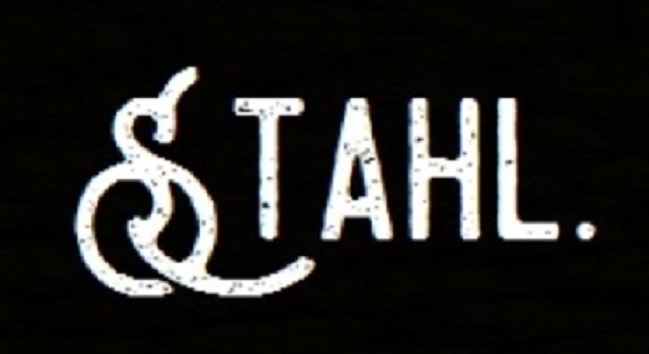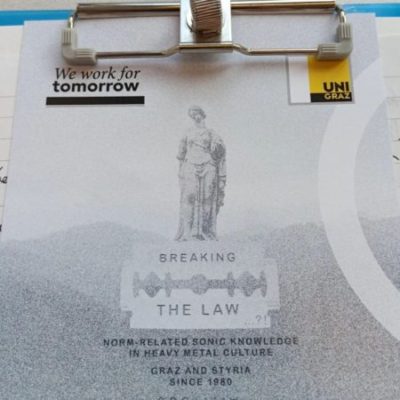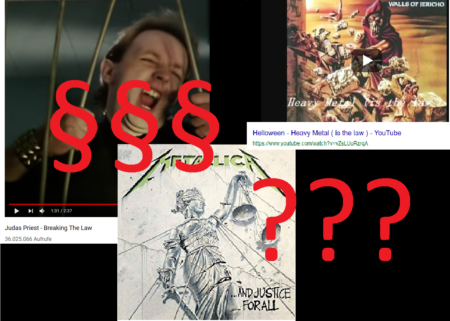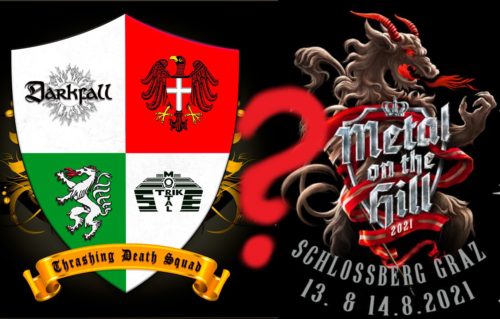In the weeks since my last blog post, the central work in my project on the history of the Styrian metal scene has continued to be writing down the book resulting from the project research. During this period, a first draft of the chapter on the “foundations” of the narrative that will be unfolded in this book has been written down.
These “foundations” concern the theories and methods used to construct the narrative, as well as the type of data from historical sources that were evaluated. Writing on this has been both instructive and challenging. In this blog post, I want to share some reflections on writing about theories and methods in metal studies.
Theories and methods
As is customary in scholarly books, my narrative opens with an overview of the state of research as well as the theories and methods incorporated into the presentation. In metal studies, there is (still) no consensus on how to write a history of a scene. There are very different scene, genre, and music concepts, as well as a wide range of methods that researchers can use.
For writers in the field, this is both a curse and a blessing. On the one hand, it allows for innovative and original work. On the other hand, as a writer you are automatically caught between all the theoretical and methodological fronts. Plus, as far as genuinely historiographical work in the field is concerned, there are only a few points of reference.
Relying on the familiar…
Reflecting on the writing phase to date on these theoretical and methodological foundations, two aspects seem crucial to me. First, it seems to have proved successful for me, as far as the selection of theories and methods is concerned, to rely on historiographic approaches that are established and have been successfully applied many times. As specifically historiographical methods, oral history and cultural-historical discourse analysis also proved to be profitable perspectives for researching the Styrian scene since 1980.
…and going new ways
Secondly, however, there was then the necessity – I am dealing with metal, a musical culture – to also include the musical language itself. This meant including in the writing, in addition to theories and methods that were familiar to me, musicological approaches that were new to me. The experienced musicologist Charalampos Efthymiou had undertaken the analyses of relevant pieces of music for my project.
For this stage of writing, it turned out to be fundamental to consciously take a “naive” perspective on the subject again. In particular, the theoretical and methodological approaches, which were unfamiliar to me, brought new and exciting insights. The new ways paid off!
To summarize the writing experiences of the past few weeks on the topics of theories and methods: a balanced mix of conservative-familiar and innovative-bold personal writing paths seems promising to me in metal studies.




